The Department of Homeland Security (DHS) Science and Technology Directorate (S&T) helps improve community resilience to natural disasters through technology and tools that support planning, decision making and mitigation efforts. We develop solutions in close collaboration with public safety, industry and all levels of government to ensure cost effectiveness, usability and efficiency. Watch our video on disaster resilience and read below to learn more about the technologies and capabilities we deliver!
Planning
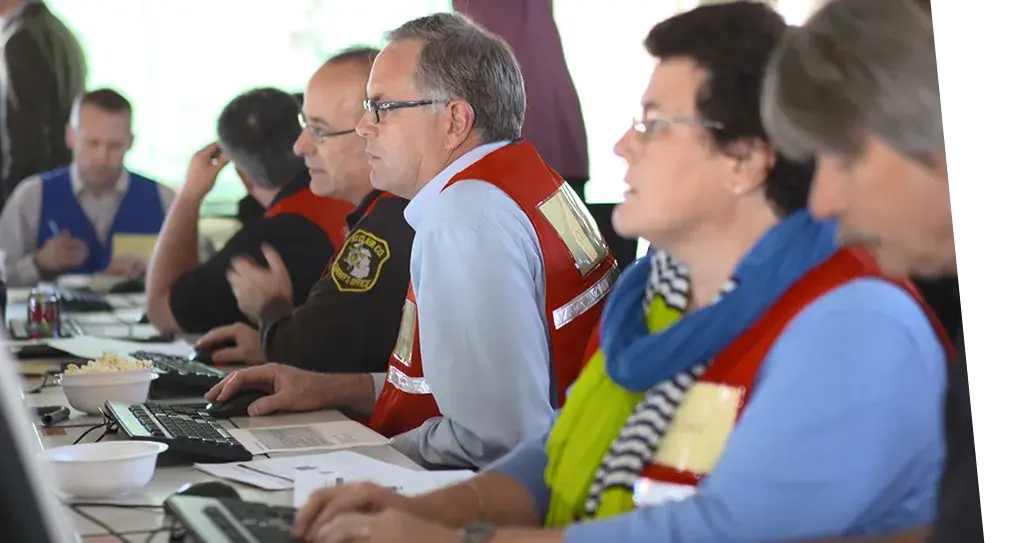 S&T builds coalitions to tackle multi-discipline and multi-jurisdiction challenges
S&T builds coalitions to tackle multi-discipline and multi-jurisdiction challenges
- The Canada-U.S. Enhanced Resiliency Experiment (CAUSE) series uses real-world exercises to demonstrate that seamless communication is possible between responders on either side of the northern border during a large-scale emergency.
- DHS S&T and the Central United States Earthquake Consortium (CUSEC) are developing a suite of decision support tools to help emergency managers analyze data used when planning, managing, coordinating and communicating during natural disasters.
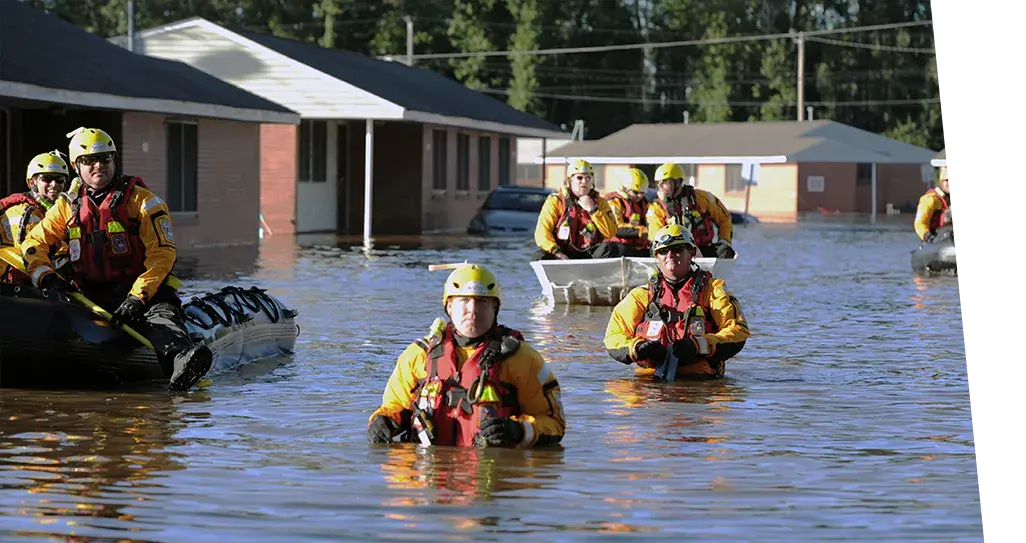 S&T streamlines mutual aid efforts to send resources where they are needed the most
S&T streamlines mutual aid efforts to send resources where they are needed the most
- The Mutual Aid Resource Planner (MARP) is a prototype application helping jurisdictions develop more accurate resource plans by incorporating custom data on geospatial hazards, risk assessments and potential mutual aid partners.
- The National Mutual Aid Technology Exercise (NMATE) tested existing mutual aid systems to improve users’ ability to exchange information between systems in real time and develop technical guidance for future use.
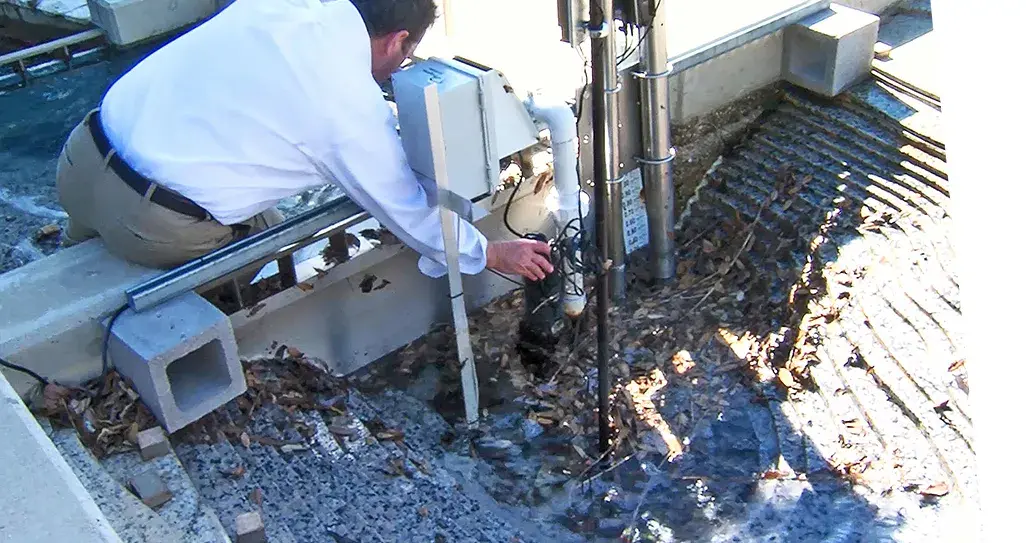 S&T researches new resilience techniques and solutions
S&T researches new resilience techniques and solutions
- The Coastal Resilience Center of Excellence conducts targeted research and education to address key challenges facing coastal communities in the United States, including storm surge modeling, pre-disaster planning, communicating risk and more.
- The Flood Apex Program helps identify and develop technology that can reduce flood-related fatalities and property loss, increase community resilience and improve flood preparation, response and recovery.
Decision Making
 S&T improves automated alert and warning capabilities
S&T improves automated alert and warning capabilities
- The Internet of Things (IoT) Low Cost Flood Inundation Sensors project is developing and testing sensor technology that can provide real-time updates on rising water levels.
- The Kentucky Dam Safety project is creating technology and processes to better monitor dams and alert communities of potential danger, reducing loss of life and property.
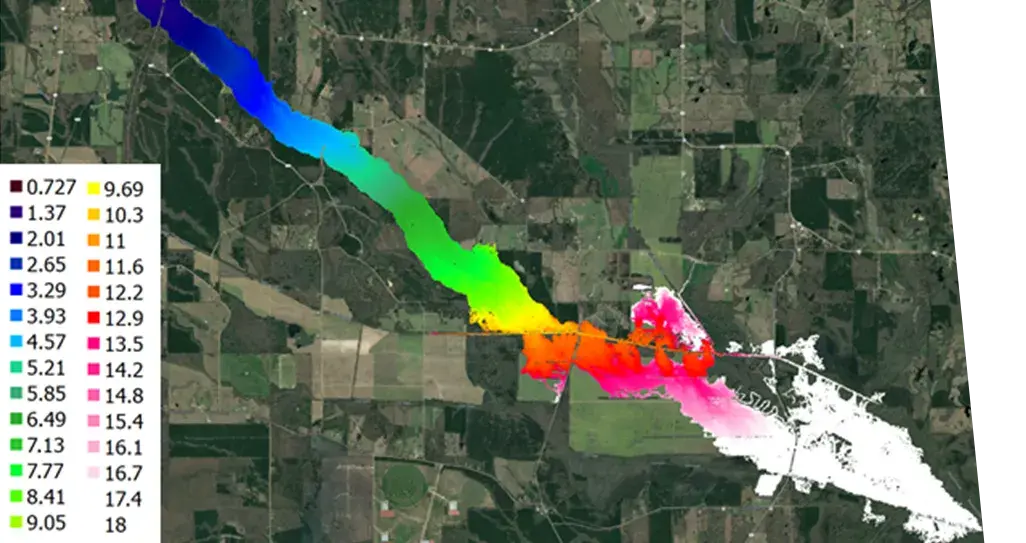 S&T’s simulation tools help federal, state and local decision makers
S&T’s simulation tools help federal, state and local decision makers
- The Advanced CIRCulation (ADCIRC) modeling tool accurately predicts coastal flooding threats to help emergency managers better coordinate evacuation and response.
- The Hurricane Evacuation (HURREVAC)-eXtended (HV-X) platform is a decision support tool for emergency managers to organize and stage resources for hurricane response.
- The Simulation-Based Decision Support System for Water Infrastructural Safety (DSS-Wise) Lite™ tool quickly models the effects of potential dam breaks, helping officials develop accurate emergency response plans and anticipate evacuation needs.
Mitigation
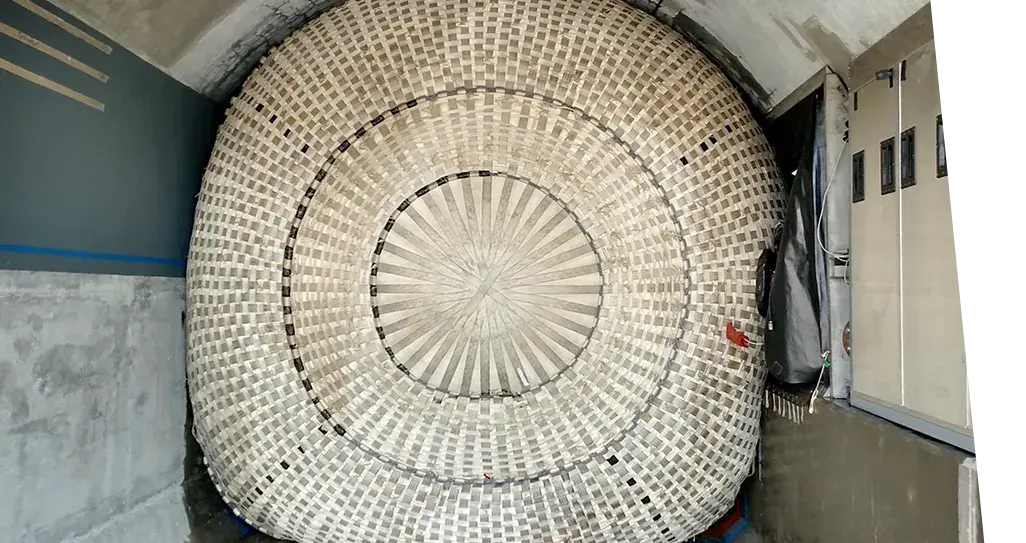 S&T strengthens protections for the nation’s critical infrastructure
S&T strengthens protections for the nation’s critical infrastructure
- The Tunnel Plug is an inflatable device that seals off subway tunnels to prevent water from flowing into the system, minimizing damage to critical transportation systems.
- The Linking the Oil and Gas Industry to Improve Cybersecurity (LOGIIC) project facilitates cooperative research, development, testing and evaluation procedures to improve cybersecurity in petroleum industry digital control systems.
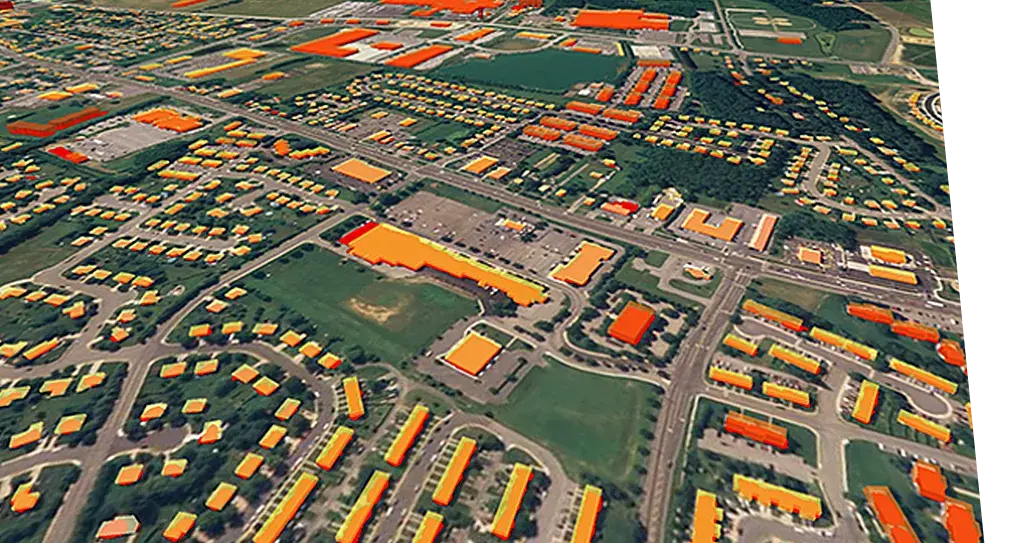 S&T supports improvements to flood insurance coverage
S&T supports improvements to flood insurance coverage
- The Homeowner Flood Insurance Roundtable is helping reduce future uninsured flood losses by identifying decision support and research and development needs.
- The Automated National Structures Inventory project is building a comprehensive list of private and commercial property at risk for flood damage, which will help promote proper insurance and more effective flood protection efforts.
 S&T helps get information to the right people at the right time
S&T helps get information to the right people at the right time
- The Smart Cities IoT innovation project will help first responders improve their situational awareness through advances in autonomous drone navigation, intelligent building sensors and body-worn interoperability platforms.
- The Wireless Emergency Alerts Research, Development, Testing and Evaluation program informed changes to the Federal Communications Commission’s alerting system, including increased character length and adding URLs, pictures, videos and geo-targeting capabilities.

S&T is the primary research and development arm for DHS’s operational components and the nation’s first responders. S&T helps improve the safety and effectiveness of homeland security professionals by developing innovative solutions with public and private sector partners. Our approach involves:

S&T relies on partnerships with industry, academia and technology developers to continue providing next-generation solutions that improve responder safety and effectiveness. If you’re interested in helping strengthen the nation’s homeland security, visit our Work with S&T page to discover the many ways to work with S&T. Then, check out the rest of our website and follow S&T on Facebook, Instagram, X, YouTube and LinkedIn for the latest updates on our work. Download a printable version of this page now.
